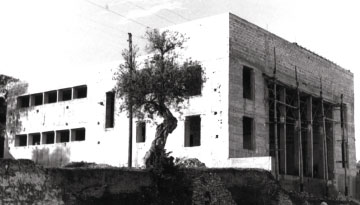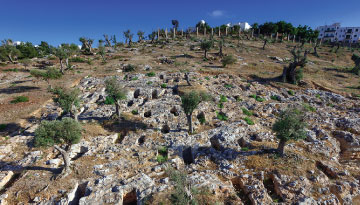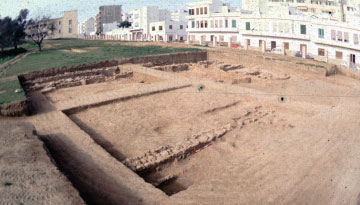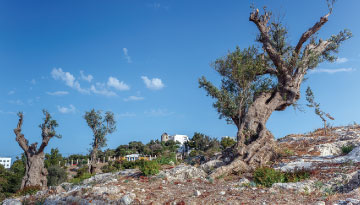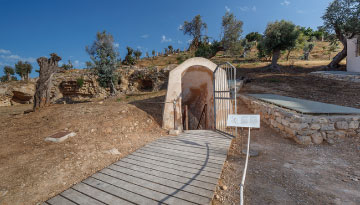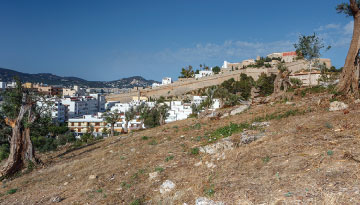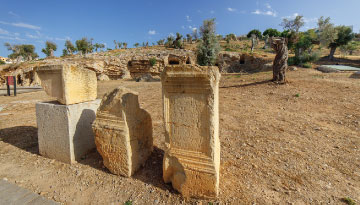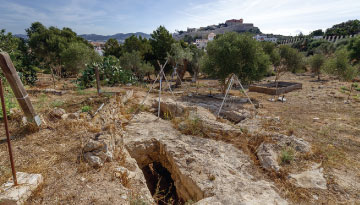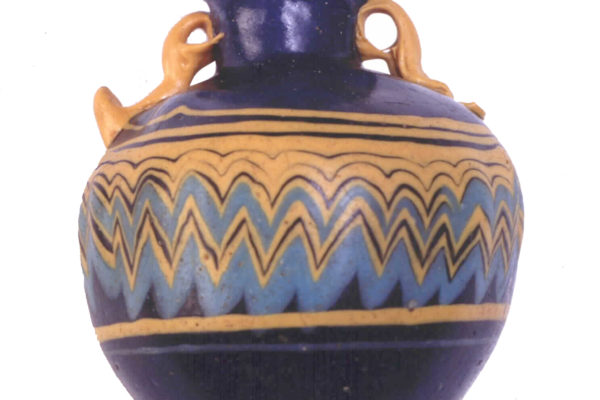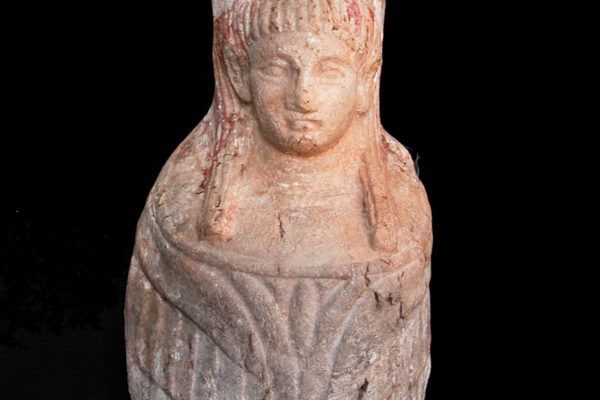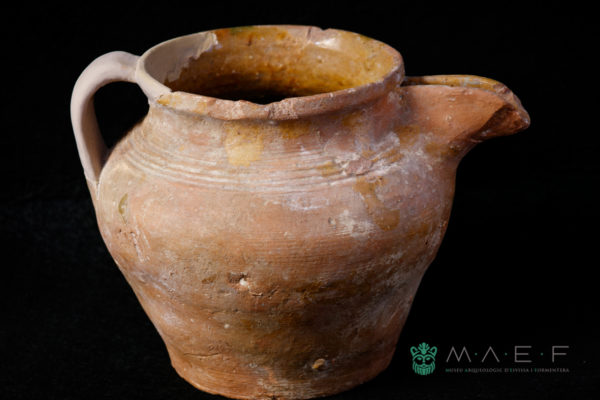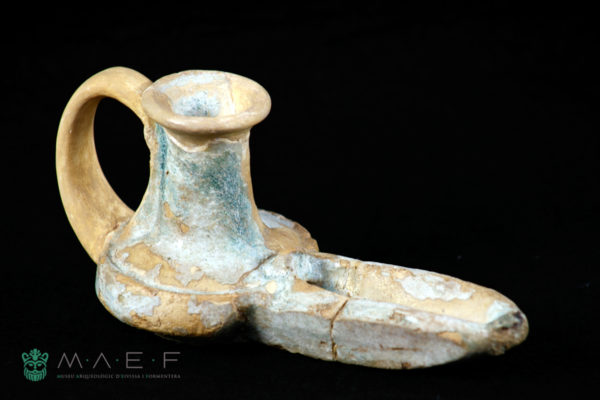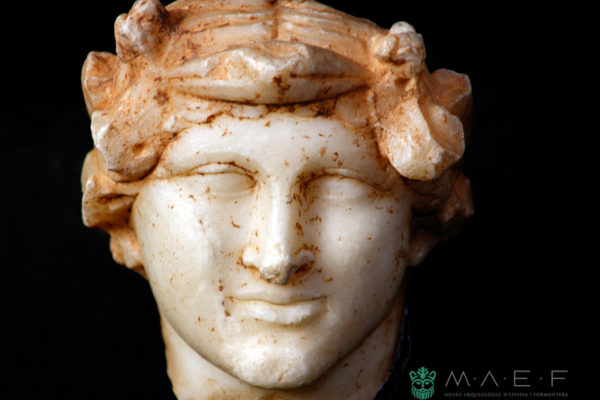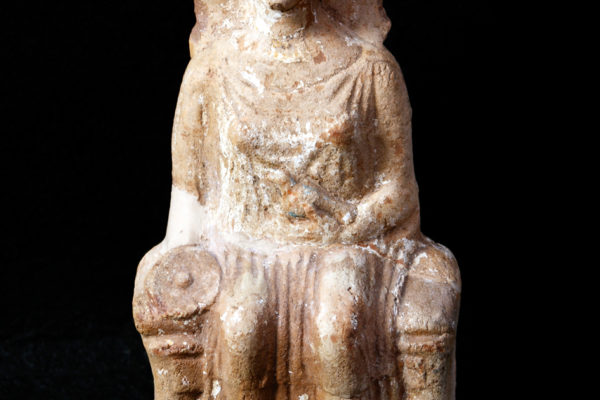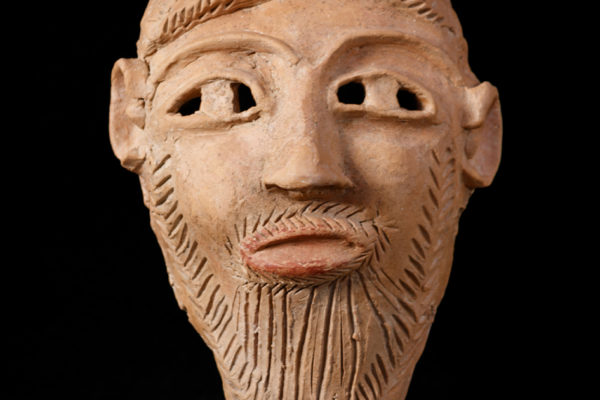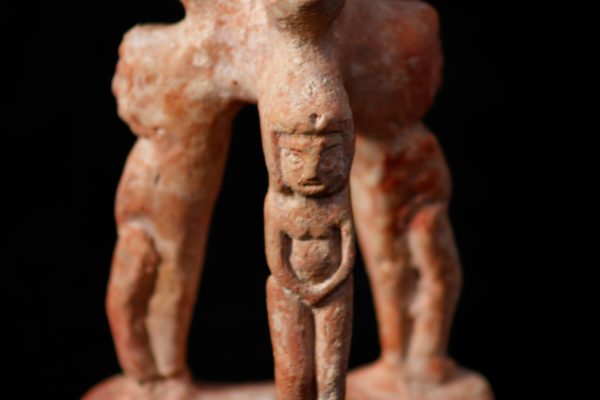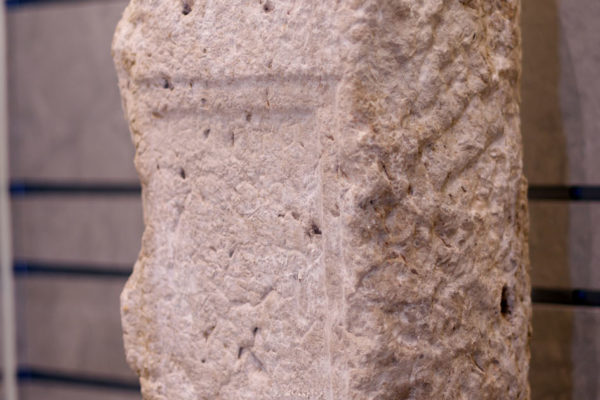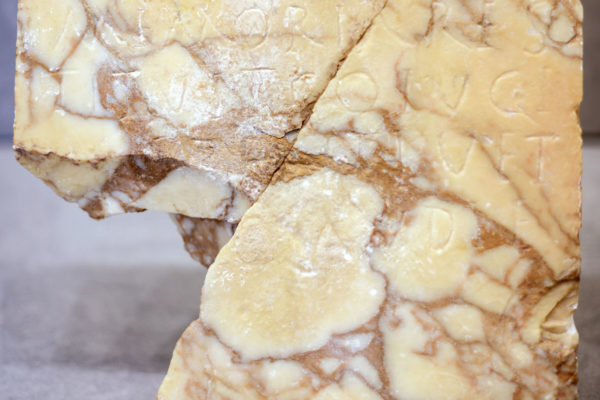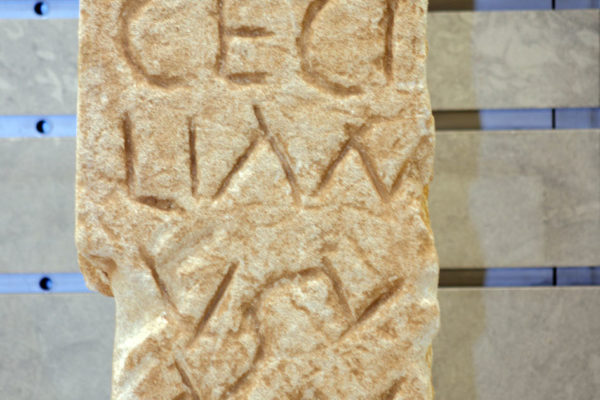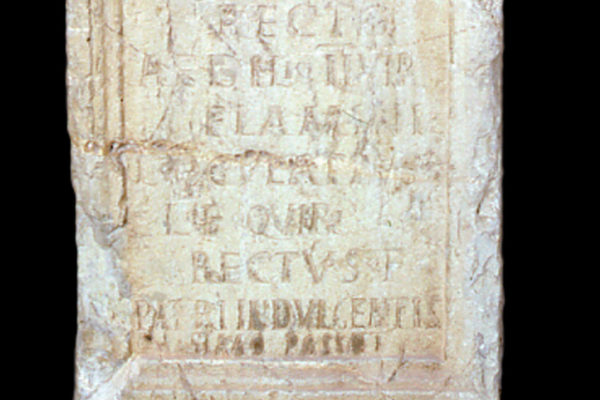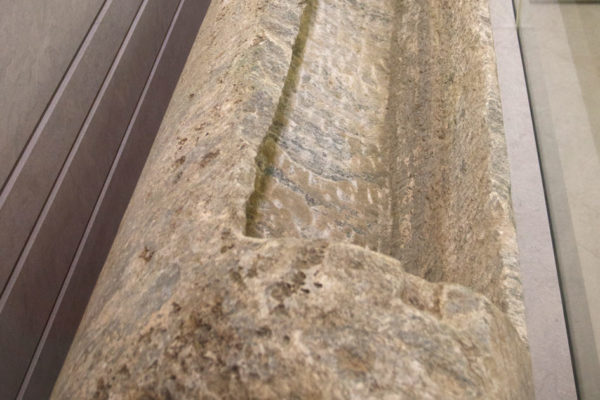PUIG DES MOLINS' MONOGRAPHIC MUSEUM
A cemetery for all Antiquity
Puig des Molins is a small hill located on the south-west side of the bay of Ibiza. It gets its name from the windmills (“molins” in Catalan) which have stood on the top of the hill since at least the 14th century. This place was chosen by the founders of the city of Ibiza, the Phoenicians, in the middle of the 7th century BC, to bury their dead. During Antiquity, this was the site where the urban necropolis was located.
Since 1903, several archaeological works have been carried out, which have provided a huge amount of Phoenician, Punic and Roman materials. The monographic museum is world class, especially due to its Phoenician-Punic archaeological collection. In 1931, the necropolis was declared Historical and Artistic Monument (a Spanish type of protection category for monuments at those times), which kept it safe, at least some of it, from the urban growth pressure that was starting to affect the city. Because of this, today, with its nearly 5 preserved hectares, it is the largest and most well-preserved Phoenician-Punic necropolis in the western Mediterranean basin.
In 1999, it was declared by UNESCO as World Heritage, having been presented inside the candidature of Ibiza Biodiversity and Culture, in a session which was held on December 4th in Marrakech.

Puig des Molins' highlighted pieces
-
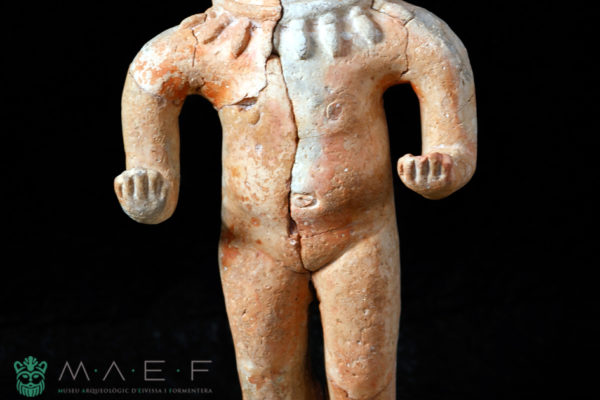
Naked female figure MAEF 8027
Sala 5, Museo Puig des Molins


